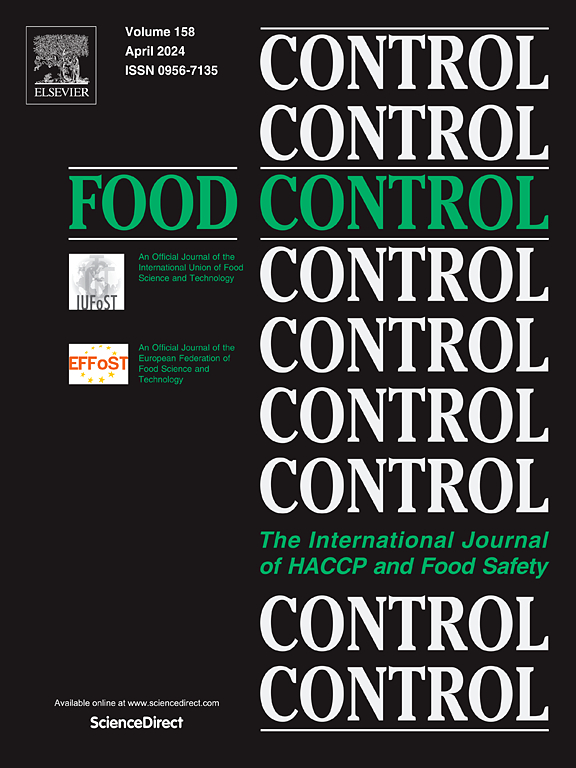Effective physical methods for aflatoxin B1 removal in food: A comprehensive review
IF 5.6
1区 农林科学
Q1 FOOD SCIENCE & TECHNOLOGY
引用次数: 0
Abstract
Aflatoxin B1 (AFB1), a highly toxic metabolite produced by fungi such as Aspergillus flavus and Aspergillus parasiticus, is commonly found in agricultural products and poses serious risks to human and animal health. Addressing AFB1 contamination has become a critical concern, with detoxification strategies spanning biological, chemical, and physical approaches. Among these, physical methods stand out for their simplicity, efficiency, and scalability, making them ideal for large-scale applications. This paper examines the current pollution levels and regulatory limits of AFB1, with a focus on advancements in physical detoxification methods. It highlights techniques such as high-temperature heating and ultraviolet irradiation for AFB1 degradation, alongside adsorption methods utilizing materials like activated carbon, montmorillonite, and metal-organic frameworks. Additionally, the review delves into the underlying mechanisms of these physical methods and assesses their practical effectiveness. This study underscores the potential of physical detoxification methods in mitigating AFB1 contamination, while acknowledging challenges such as preserving food quality and optimizing efficiency. The insights aim to inspire further research and innovation, particularly in developing novel adsorbents and refining treatment processes. By addressing these challenges and integrating with other detoxification strategies, physical methods hold promise as a key solution for enhancing food safety and combating mycotoxin contamination worldwide.

求助全文
约1分钟内获得全文
求助全文
来源期刊

Food Control
工程技术-食品科技
CiteScore
12.20
自引率
6.70%
发文量
758
审稿时长
33 days
期刊介绍:
Food Control is an international journal that provides essential information for those involved in food safety and process control.
Food Control covers the below areas that relate to food process control or to food safety of human foods:
• Microbial food safety and antimicrobial systems
• Mycotoxins
• Hazard analysis, HACCP and food safety objectives
• Risk assessment, including microbial and chemical hazards
• Quality assurance
• Good manufacturing practices
• Food process systems design and control
• Food Packaging technology and materials in contact with foods
• Rapid methods of analysis and detection, including sensor technology
• Codes of practice, legislation and international harmonization
• Consumer issues
• Education, training and research needs.
The scope of Food Control is comprehensive and includes original research papers, authoritative reviews, short communications, comment articles that report on new developments in food control, and position papers.
 求助内容:
求助内容: 应助结果提醒方式:
应助结果提醒方式:


